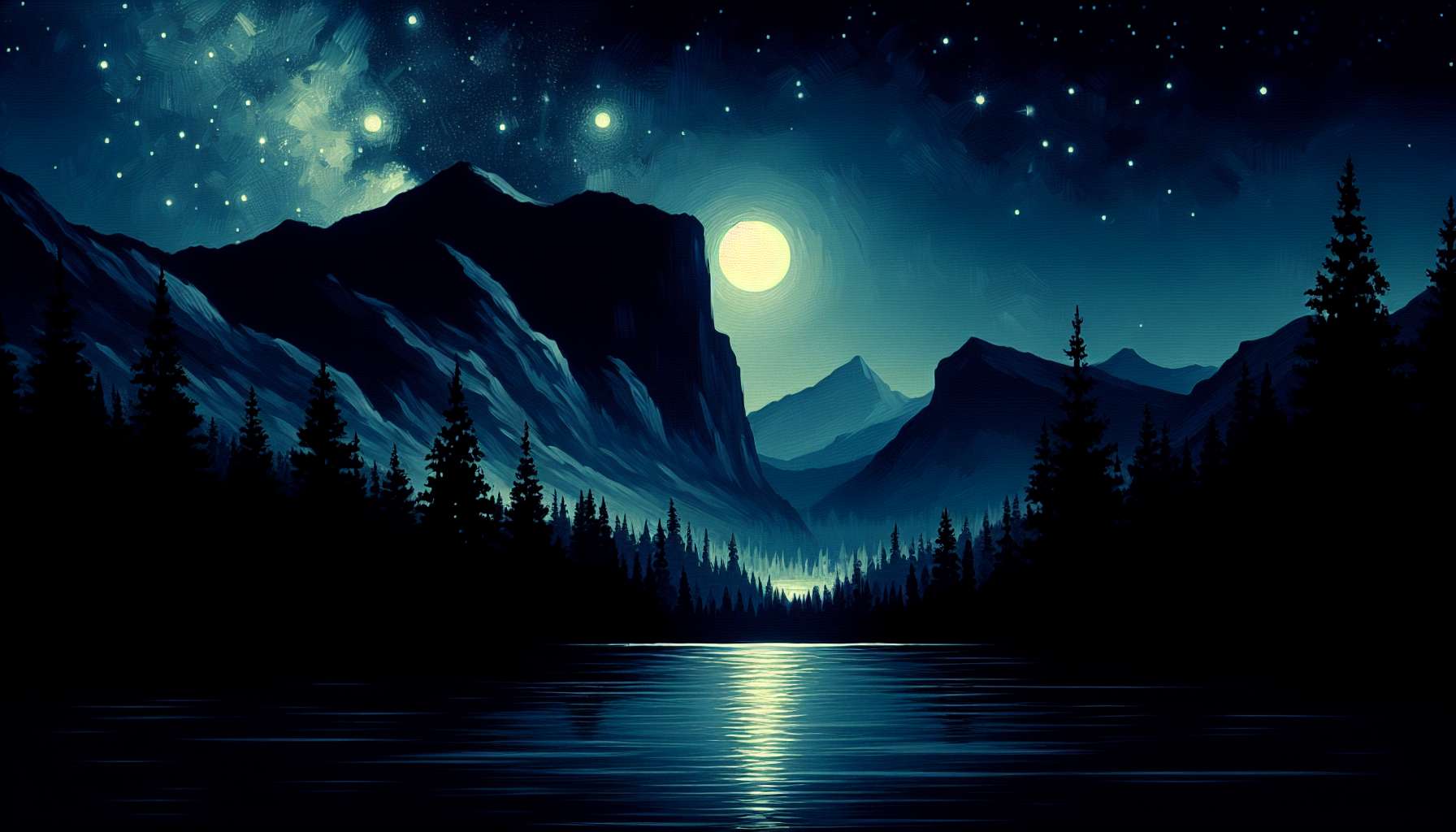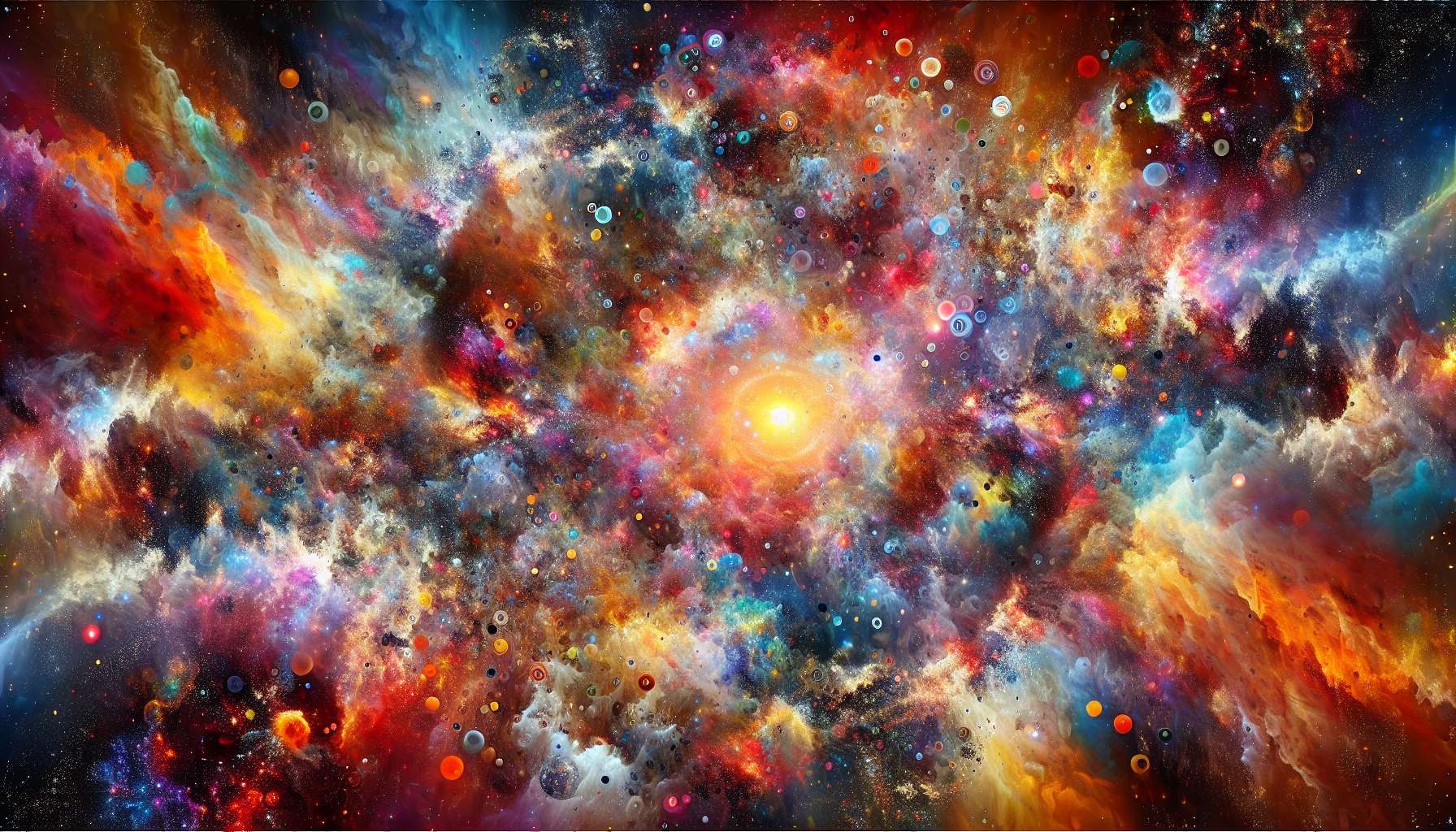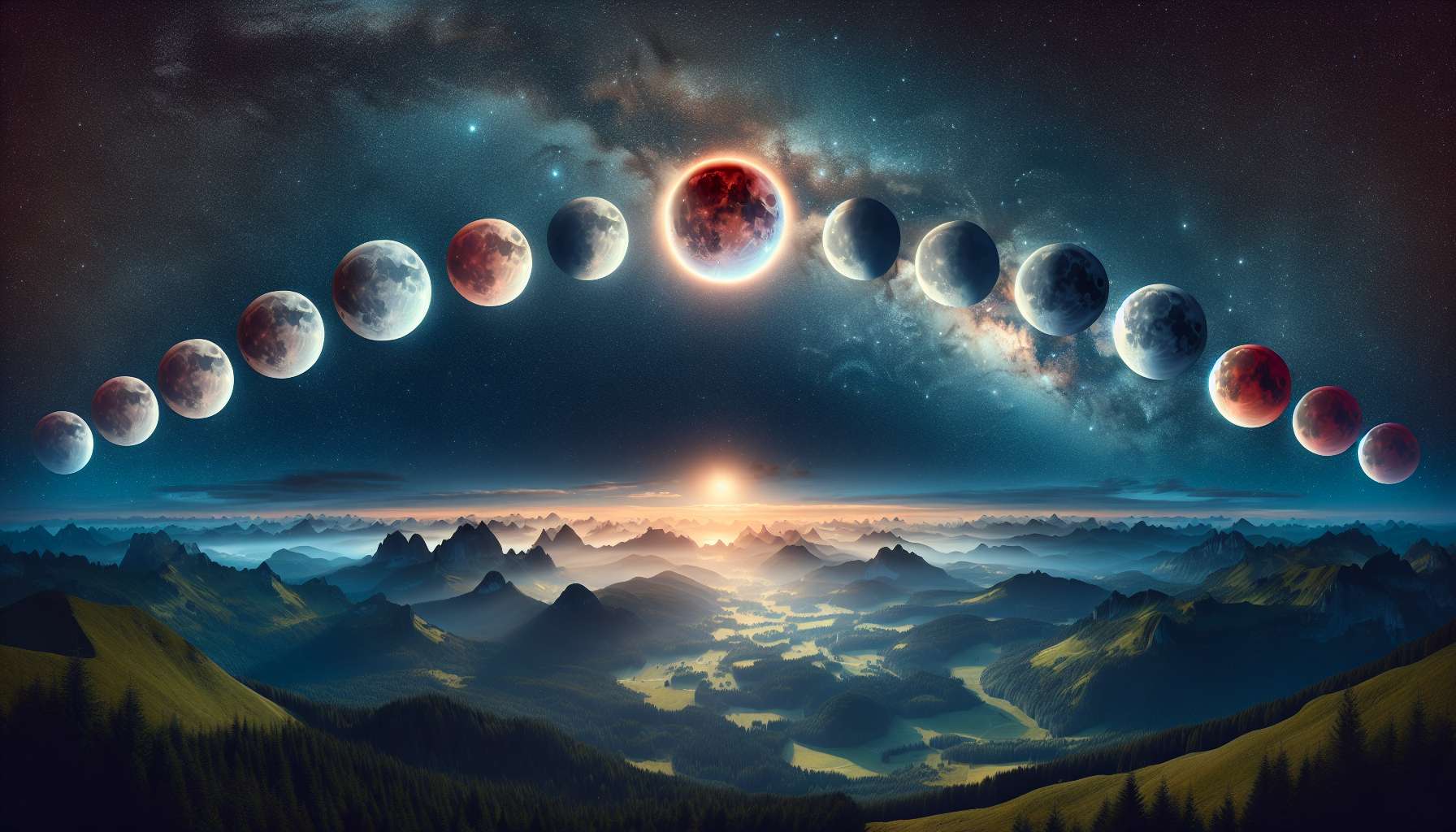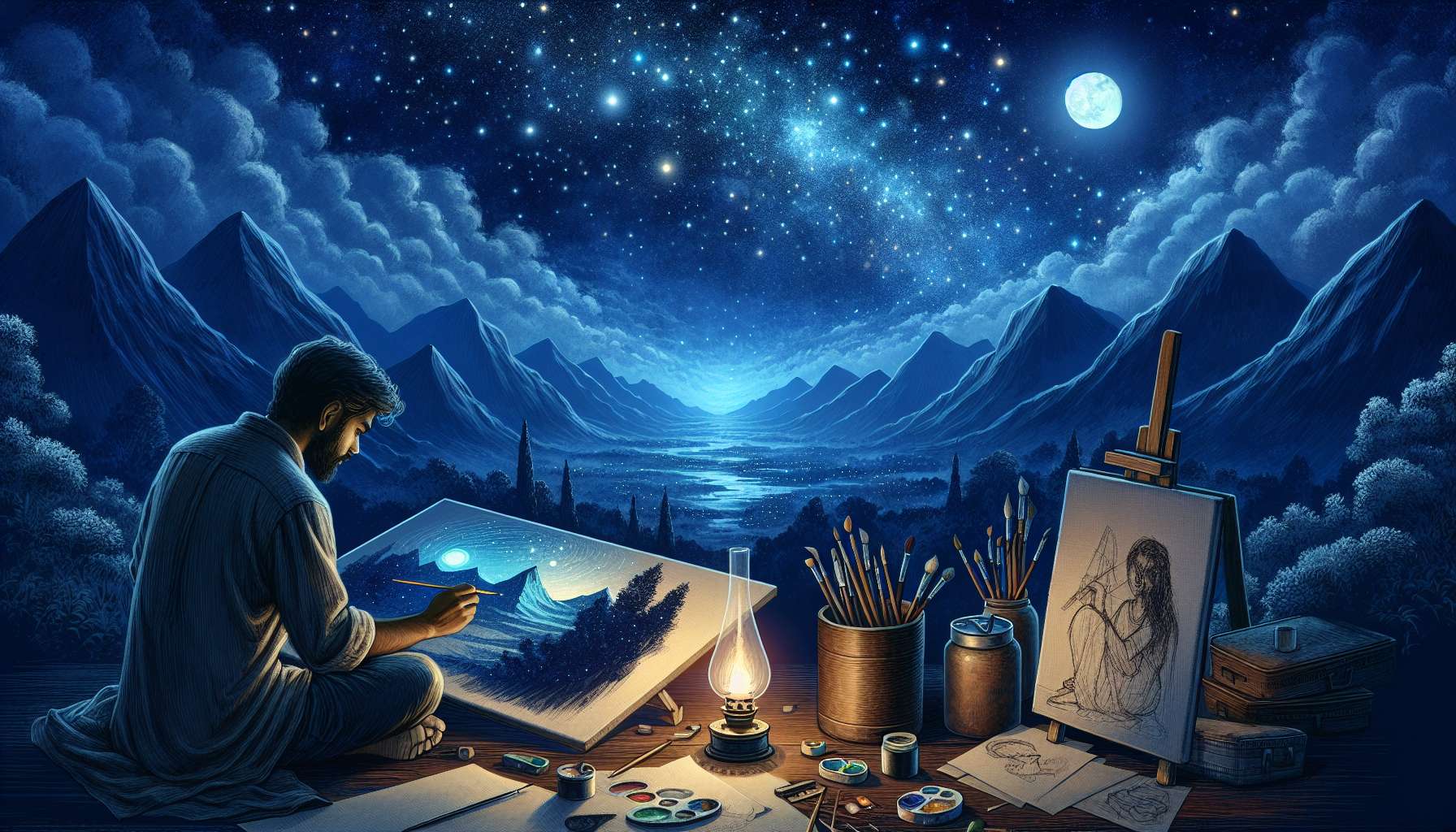Nocturnal Landscapes in Art: Exploring the Beauty of the Night
When we think of landscapes in art, our minds often drift to sunlit scenes of rolling hills, serene lakes, and vibrant sunsets. However, there is a captivating and mysterious allure to nocturnal landscapes that has inspired artists for centuries. From the haunting beauty of moonlit nights to the play of light and shadow in the darkness, nocturnal landscapes offer a unique perspective on the world around us. In this article, we will delve into the enchanting world of ‘Nocturnal Landscapes in Art’, exploring the history, significance, and impact of this often-overlooked genre.
The Origin of Nocturnal Landscapes
The depiction of nighttime scenes in art dates back to ancient times, with early civilizations using various techniques to capture the beauty of the night sky. In the Western art tradition, the Dutch Golden Age painters were some of the first to specialize in nocturnal landscapes, with artists like Rembrandt and Aert van der Neer creating stunning works that showcased the drama and beauty of the night.
One of the most famous examples of a nocturnal landscape in art is Rembrandt’s ‘The Night Watch’. This iconic painting depicts a group of militia men in the dim light of a city street, with shadows and highlights expertly capturing the atmosphere of a nighttime scene. The use of chiaroscuro, or the contrast between light and dark, is a common technique in nocturnal landscapes, creating a sense of depth and drama that is unique to this genre.

The Symbolism of the Night
Throughout history, the night has been associated with a range of symbolic meanings, from darkness and mystery to introspection and reflection. In art, the nocturnal landscape often serves as a metaphor for the unknown and the unseen, inviting viewers to contemplate the deeper mysteries of the world.
One of the key themes explored in nocturnal landscapes is the contrast between light and dark, representing the dualities of life and the human experience. The interplay of shadows and moonlight can evoke a sense of melancholy, solitude, or contemplation, inviting viewers to explore their own thoughts and emotions in the quiet of the night.
The Evolution of Nocturnal Landscapes
As art movements evolved over time, so too did the depiction of nocturnal landscapes. The Romantic era, with its focus on emotion and the sublime, saw artists like Caspar David Friedrich and John Martin exploring the darker side of nature in their works. Friedrich’s ‘The Sea of Ice’ and Martin’s ‘The Great Day of His Wrath’ are powerful examples of how artists used the night to convey themes of destruction, power, and the sublime.
In the 20th century, artists like Edward Hopper and Georgia O’Keeffe continued to push the boundaries of nocturnal landscapes, using bold colors and abstract forms to capture the essence of the night. Hopper’s ‘Nighthawks’ and O’Keeffe’s ‘Black Iris’ are iconic examples of how artists can use the night as a canvas for their creative expression.

The Importance of Nocturnal Landscapes in Contemporary Art
Today, artists continue to explore the beauty and mystery of the night in their work, using a variety of mediums and techniques to capture the essence of nocturnal landscapes. From photography and digital art to traditional painting and sculpture, the night continues to inspire artists to push the boundaries of creativity and imagination.
One contemporary artist who has gained recognition for his nocturnal landscapes is Jeremy Mann, whose moody and atmospheric cityscapes have captivated audiences around the world. Mann’s use of bold brushstrokes and dramatic lighting creates a sense of tension and mystery in his works, inviting viewers to explore the hidden corners of the urban landscape.
Expert Opinions
According to art historian Dr. Emily Jones, “Nocturnal landscapes offer artists a unique opportunity to explore the play of light and shadow in new and exciting ways. By depicting scenes at night, artists can create a sense of mystery and drama that is often lacking in daytime landscapes.”
Contemporary artist Jeremy Mann also shared his thoughts on the significance of nocturnal landscapes, stating, “The night offers a different perspective on the world around us, revealing hidden details and emotions that are often overlooked during the day. As an artist, I find the night to be a rich source of inspiration and creativity.”
Common Misconceptions
One common misconception about nocturnal landscapes is that they are limited to dark and gloomy scenes. In reality, nocturnal landscapes can be vibrant and colorful, with artists using a wide range of hues and tones to capture the beauty of the night.
Another misconception is that nocturnal landscapes are less realistic than daytime scenes. While it is true that the night can present unique challenges for artists, such as capturing the subtle nuances of light and shadow, many artists have embraced these challenges to create stunning and lifelike depictions of nocturnal landscapes.
Conclusion
To wrap things up, ‘Nocturnal Landscapes in Art’ offers a fascinating and captivating glimpse into the beauty and mystery of the night. From the symbolic meanings of darkness and light to the evolution of the genre over time, artists continue to be inspired by the nocturnal landscape, pushing the boundaries of creativity and imagination.
As we explore the significance of the night in art, we are reminded of the power of darkness to reveal hidden truths and emotions, inviting us to contemplate the deeper mysteries of the world around us. Whether through the haunting beauty of moonlit nights or the dramatic play of light and shadow, nocturnal landscapes continue to captivate and inspire us, offering a unique perspective on the world we live in.




